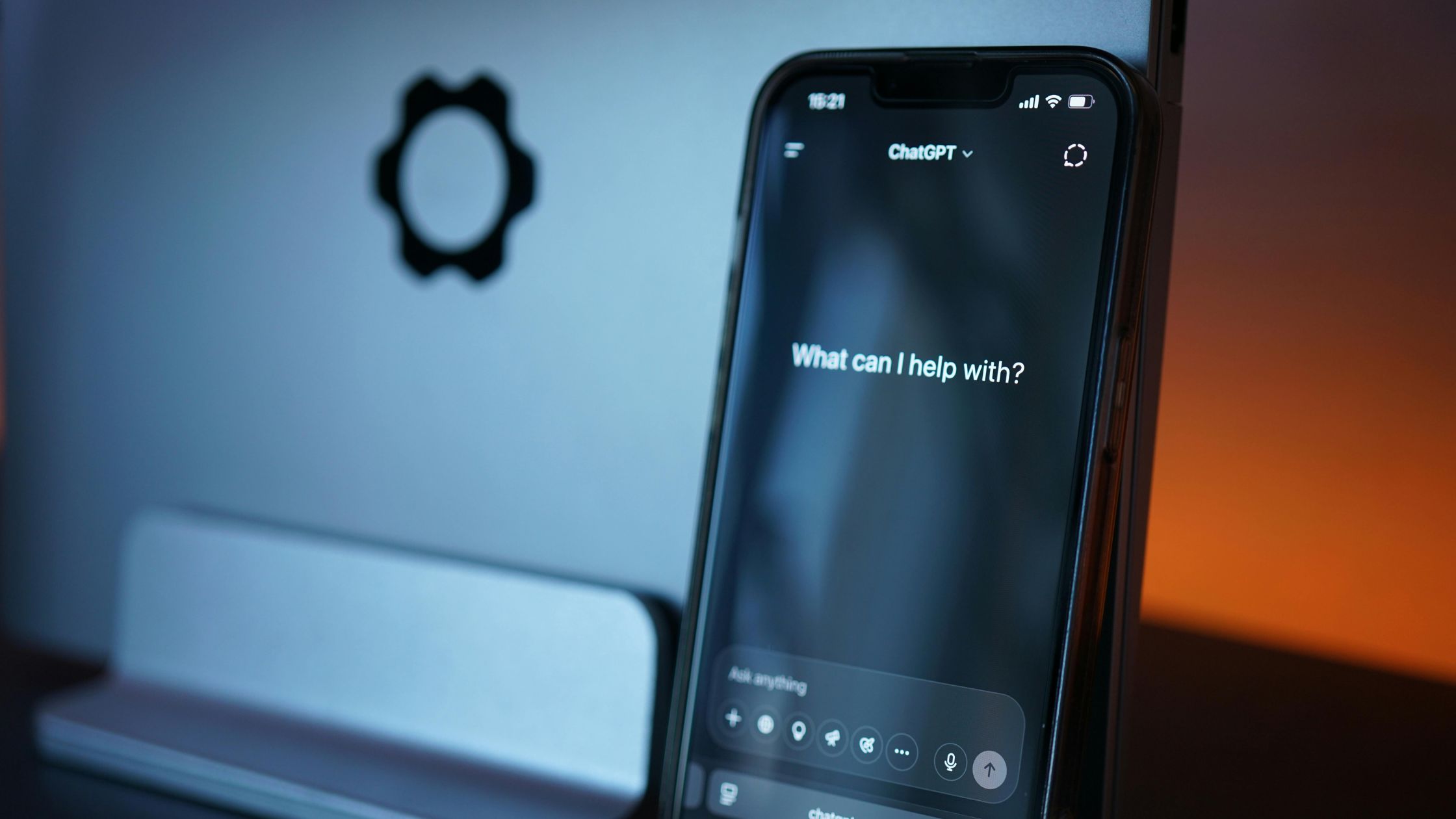AI, especially ChatGPT, writes in a way that doesn’t seem right. It’s not wrong, per se. It looks nice. Nice. Makes sense. But also… like a robot. Once you notice it, you can’t ignore it. And even worse, it’s starting to affect how people write and talk.
We don’t just read content made by AI anymore. We’re copying it.
You know the tone: the sentences that are too structured, the constant use of “It’s not X, it’s Y,” and the weird rhythm that sounds like someone is trying really hard to sound human. And even though AI didn’t come up with this style, tools like ChatGPT have made it very popular.
A teacher on Reddit said that this pattern of language is showing up in student essays and, even stranger, in spoken word. They wrote, “I’ve started hearing people talk like this in video essays.” “Now, when I see that phrasing, I just assume AI was involved.” They weren’t the only ones who saw it. Many people wrote back with the same worry: the AI voice is becoming the voice.
A New Default Tone
There are more and more signs that something is wrong: too many em dashes, emoji like ✅ and ❌, and a clarity that seems… suspicious. It’s a style that values order over personality. Yes, it’s clean. But flat.
And it’s everywhere, but especially in schools. Students say they use ChatGPT to write essays. Some teachers use it to give grades. In the meantime, what about the technology that can tell if AI wrote something? Still shaky. That means we’re going on gut feelings and checking the tone of everything to see if the phrasing is too perfect.
Language That Isn’t Messy
But it makes sense. AI is made to make people happy. It learns from an endless amount of data and tries to copy what we write and give us the version it thinks we want. It doesn’t talk. It tells you what the next best word is. Again and again.
This means that AI writing is often technically correct, but it sounds strange and empty. It doesn’t have the little things that make writing real, like clunky metaphors, awkward pauses, or detours in the middle of a thought.
A commenter put it best when they said, “GPT is always going to sound polished.” That’s why incoherence has never been more valuable.
They weren’t kidding. There is now a growing call for students and other writers to embrace the mess. To accept the awkwardness. To make it clear that a person wrote it.
So… What Should We Do With This?
We’re at a strange point in our lives. There is a lot of AI-written content on the internet. The way we talk is starting to sound like machines. And we’re losing track of what human expression sounds like—real, messy, and full of mistakes.
It might not be a good idea to make AI sound more human. Maybe it’s to make writing by people sound less like writing by computers. Not as perfect. More unprocessed.
People will notice as soon as your words start to sound like ChatGPT, and once they do, they won’t be able to unhear it.


